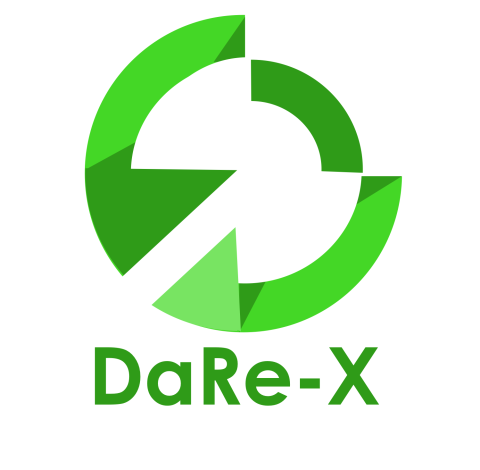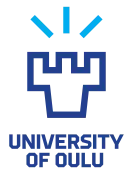Project period:
1.4.2024–31.3.2027
Project funding:
Business Finland

The DaRe-X project focuses on data-driven Re-X processes and technologies that build efficient circular economy capabilities through exploitation of digital twin lifecycle data. It includes three aspects:

Project period:
1.4.2024–31.3.2027
Project funding:
Business Finland

Data-driven Re-X processes and technologies that build efficient circular economy capabilities through exploitation of digital twin lifecycle data. This unlocks circularity and service business potential in the national low volume, high tailored B2B product landscape by enabling companies to identify where implementing circularity makes sense from financial, environmental and customer value viewpoints.
DaRe-X project aims to expand the circular service offerings to export markets for Finnish companies and build competitive circular capabilities by applying modular digital twin technologies to enable new lifecycle services and Re-X business models. Customer demands, resilience for current products, technological convergence of digital industry technologies, and regulatory requirements (such as the digital product passport) are the driving forces behind the transition.
Real-time physics-based simulation provides novel data for sustainability metrics, for evaluation of machine state and sustainability impacts and for managing the circular Re-X processes.

Antero Kutvonen, WP 4 leader
Mika Horttanainen, PI, WP 1 leader
Aki Mikkola, WP 2 leader
Juhani Ukko, deputy WP 3 leader
Minna Saunila, WP 3 leader
Hanieh Aghaee, researcher
Pedro Nardelli, sub-project manager
Mariam Abdulkareem, sub-project manager
Anna Zaikova, researcher
Walter Nieminen, researcher
Adam Klodowski, researcher
Heikki Handroos, researcher
Victor Zhidchenko, sub-project manager
Ilkka Donoghue, researcher
Emil Kurvinen, University of Oulu, WP 2 leader
Atte Koskinen, researcher
Mehdi Rasti, Uoulu, researcher
Narges Gholipoor, Uoulu, researchr
Qasim Khadim, Uoulu, researcher







